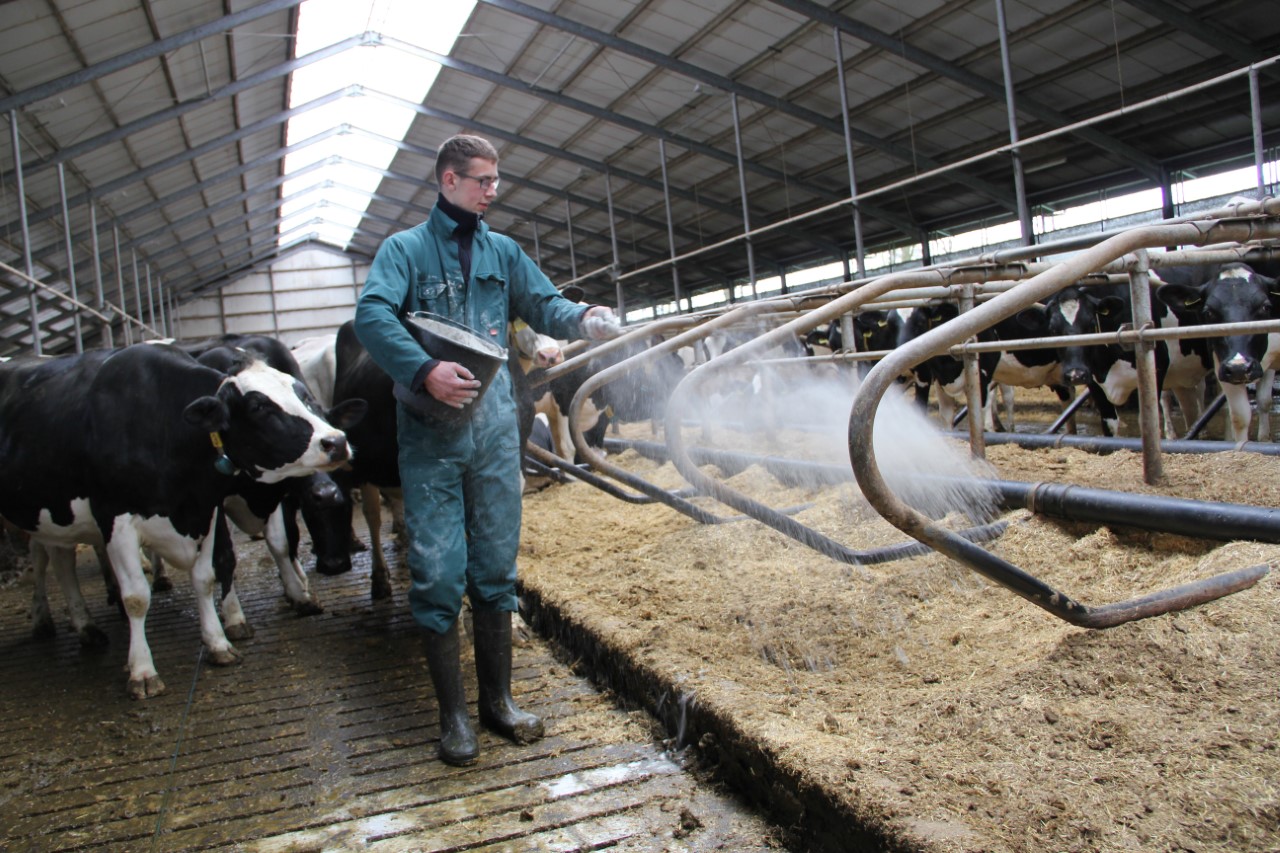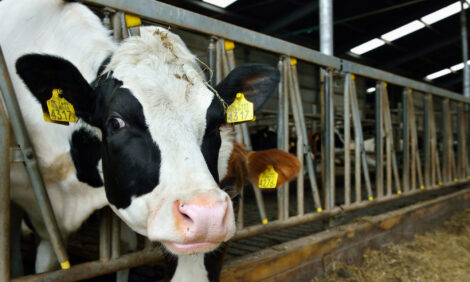



On-farm emissions reduced by proactive slurry management
Livestock farmers are being urged to have a comprehensive understanding of the environmental impact of slurry if the UK's agricultural sector is going to be anywhere near reaching its net zero emissions target by 2040.Andrew Sincock, commercial director at Agriton UK explains that a proactive approach to slurry management, coupled with the willingness to adopt change, is going to be key in achieving the sector’s aspirations.
"As an example, many dairy farmers will use lime as a bedding powder to help prevent mastitis and other pathogenic diseases. But what many don’t currently know is that the reaction between the ammonium in slurry and the lime can lead to the release of large volumes of carbon dioxide and nitrogen,” he says.

“There is evidence to suggest that 1000kg of lime can react with ammonium in the slurry to release up to 440kg of carbon dioxide, and 280kg of nitrogen, in the form of ammonia,” he adds.
“These emission rates are significant. However, they can be reduced by simply using an alternative bedding powder, such as Vulkamin. This is a natural antiseptic that can be used as a direct replacement for lime. It doesn’t react with slurry and acts quickly to raise the pH of the environment killing harmful pathogens and bacteria.”
Mr Sincock explains that slurry inoculants that contain effective microorganisms are another example of how farmers can reduce on-farm emissions when added to cubicles, slurry, or farmyard manure.
“When you add effective micro-organisms (EM), which contain a mixture of bacteria, yeast, fungi, actinomycetes and phototrophic bacteria to slurry, they work synergistically to break down and ferment organic matter,” says Mr Sincock.
“Fermentation helps retain key nutrients within the slurry and decreases the release of harmful emissions such as ammonia, carbon dioxide and methane. The nutrient rich and non-toxic slurry can then be spread as an alternative to artificial fertilisers.
“We need to ensure that farmers have access to products like this that do not produce harmful emissions and are proven at a farm level to work just as well as traditional methods.
“Achieving net zero emissions in agriculture by 2040 could be a real possibility with practical management steps such as adapting slurry management plans. But we need to be proactive and start making changes today if we are going to see a meaningful difference in the next 20 years,” he says.


